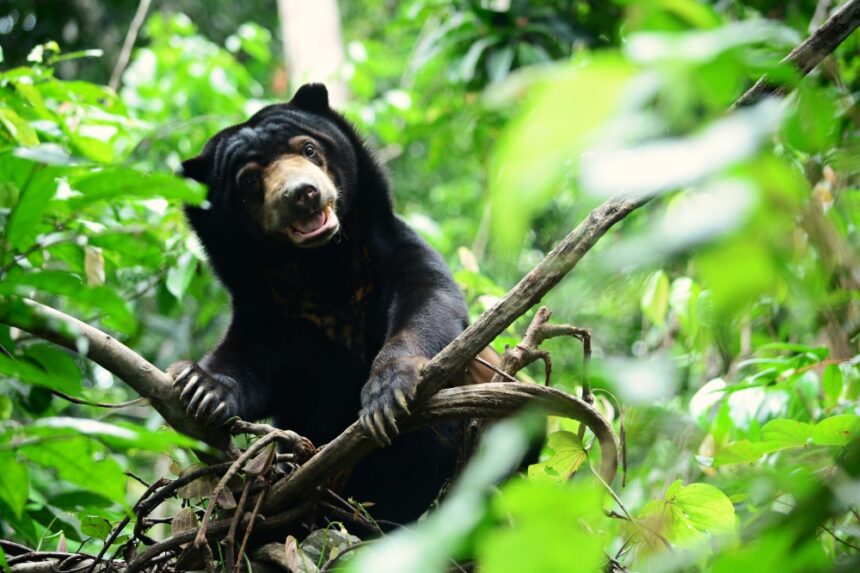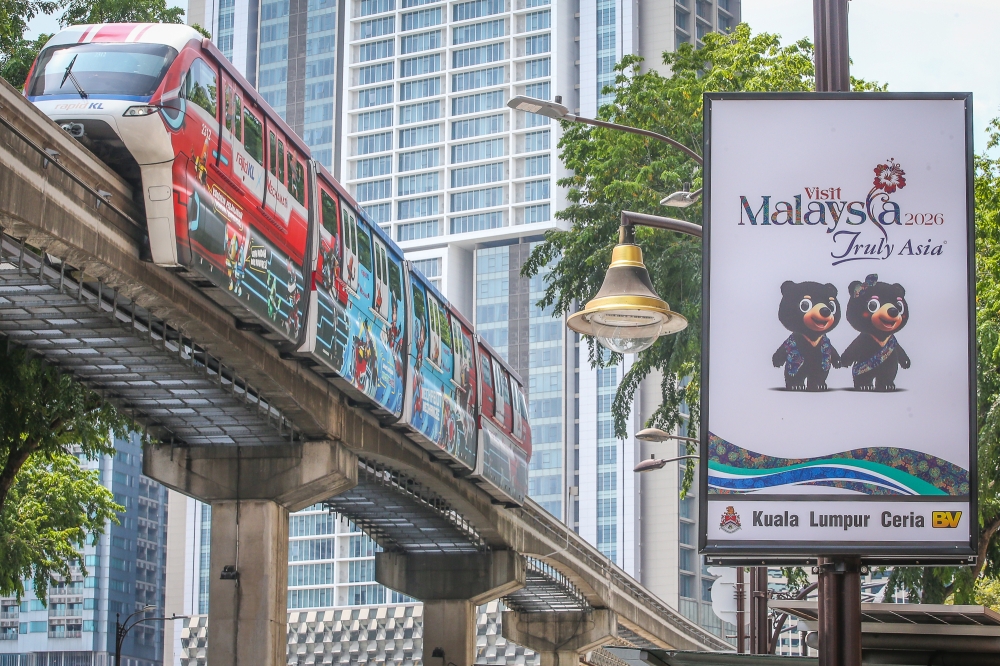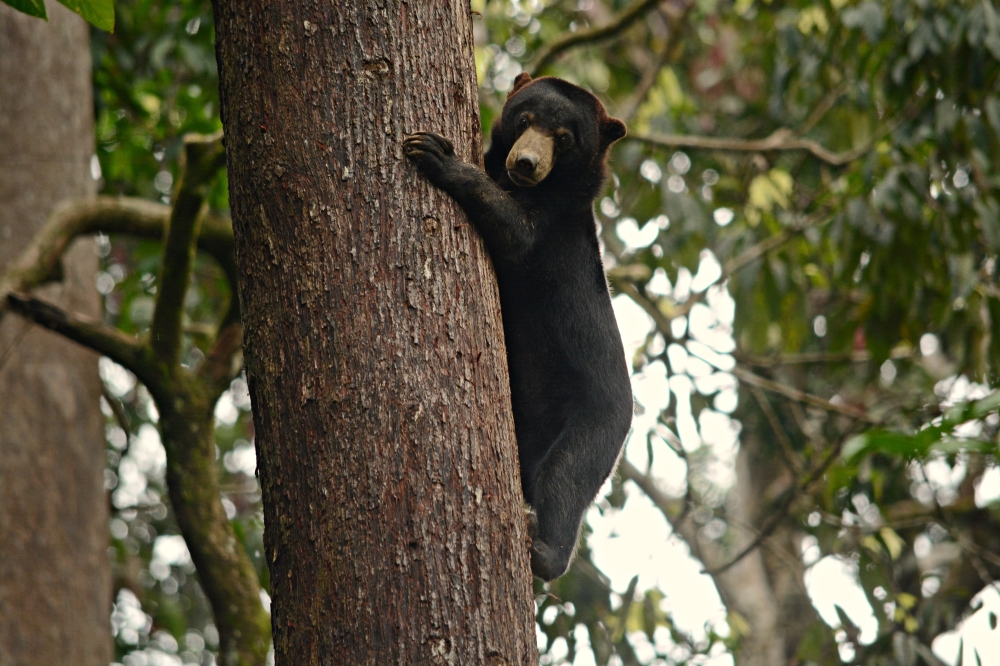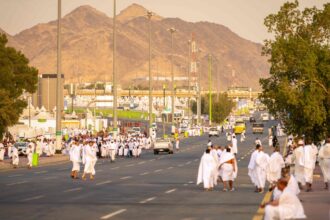KUALA LUMPUR, June 16 — When the Malayan sun bear was unveiled as the official mascot for Visit Malaysia Year 2026, conservationist Wong Siew Te could barely contain his delight.
“Ini kali lah,” he said with a smile.
“This is the moment when the world will finally get to know the sun bear.”
To many, it’s simply an adorable bear with a golden crescent across its chest.
But to Wong, founder of the Bornean Sun Bear Conservation Centre (BSBCC) in Sabah, the bear represents much more than a tourism icon — it is a symbol of Malaysia’s rich biodiversity and a rallying call for wildlife conservation.
“It’s the least known bear in the world,” Wong said.
“They’re native to Malaysia, but even here, in the forest, it’s so difficult to see one.”
At the BSBCC, rescued sun bears are given a second chance, living in natural forest enclosures where they can simply “do their bear things,” as Wong puts it.
Conservationist Wong Siew Te poses in the forest with a sun bear at the BSBCC. — Picture courtesy of Yayasan HasanahMore than a mascot
The decision to spotlight the sun bear as Malaysia’s tourism ambassador in 2026 wasn’t made lightly.
Wong said Datuk Shaharuddin Abu Sohot, the secretary-general of the Ministry of Tourism, Arts and Culture, visited the BSBCC to observe the animal firsthand before proposing it to the Cabinet for approval.
“So it wasn’t a decision made out of the blue,” he said, and expressed gratitude to Shaharuddin for going to such lengths.
For Wong, who has spent more than 20 years rescuing, rehabilitating, and educating the public about these elusive animals, the mascot announcement marked a turning point.
In January, the endangered Malayan sun bear was officially named the face of the Visit Malaysia 2026 campaign, a move that also signals the country’s commitment to wildlife protection.
Two sun bear mascots — one male, one female — have been introduced under the names Wira and Manja.
Often called “forest engineers,” sun bears help maintain the ecosystem by dispersing seeds and controlling pests.
Despite their ecological importance, they face ongoing threats from deforestation and poaching, especially for their body parts and bile.
Malayan sun bear was the official mascot for Visit Malaysia Year 2026 advertisement board is pictured in Kuala Lumpur June 14,2025. — Picture by Yusof Mat IsaWhat does tourism mean for sun bears?
Wong believes sustainable tourism can be a powerful tool for conservation, if done right.
“In the context of the sun bears, when tourism for Malaysia is thriving, it means that people will have better livelihood and when they have better living environment they will not be pushed to survivor mode,” he said.
“Thriving tourism means more job opportunities for the people, because when people are struggling to make a living, they will do anything and this is when they turn to illegal hunting and poaching.
“But with job opportunities, people will no longer need to be involved in such activities.”
Managing the crowds
After spending 13 years in the United States, Wong is well aware of the downsides of over-tourism, but says he’s not worried.
“I’ve seen how it can be managed. If you plan well, everything will run smoothly.
“I’m not worried about mass tourists, but too few tourists means less income for rural communities, fewer jobs, and fewer reasons for locals to protect wildlife,” he said.
Kitud, a sun bear cub, peeks out from among the trees at the BSBCC. — Picture courtesy of Yayasan HasanahA voice for the voiceless
With the sun bear now front and centre on the global tourism stage, Wong sees a rare opportunity not just for awareness, but for meaningful change.
“Now we have a case to show the government why we need to protect our forests. Why we need to protect wildlife and protect the forests.
“The trees can’t talk, the wildlife and forests have no voice.
“But maybe now, through this mascot, their story can be told,” he said.
Source: 
Not just cute: Visit Malaysia 2026 sun bear mascot carries a conservation mission (VIDEO)






















